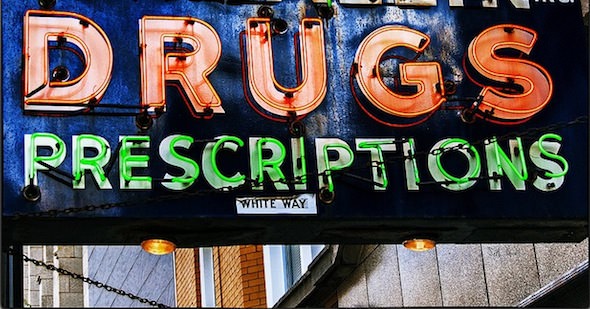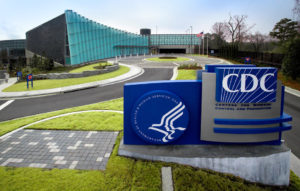Did Pharmaceutical Firms Exploit Pancreas Problems to Increase Profits?
A sharp reduction in availability and a $350 million per year spike in the cost of a particular class of drugs begs the question of whether prescription drug companies increased their profits by jacking up prices in a created scarcity.
Successful efforts by patient advocacy groups to require new approval standards for a particular class of drugs have resulted, perhaps inadvertently, in a sharp reduction of available products and a spike in the cost of brand name drugs to a tune of $350 million per year, Gastroenterology & Endoscopy News contributor Monica J. Smith reports.
The crucial question that arises in the mind of the socially concerned observer is whether prescription drug companies increased their profits by jacking up prices in a scarcity they may have helped create.
The advocates’ stated aim was to increase professional and publicly available knowledge of the drugs’ safety and efficacy through regulations under the Food and Drug Administration.
As a class, the drugs are known as pancreatic enzyme therapies. They are essential for people who suffer from problems associated with cystic fibrosis or chronic pancreatitis. Treatment typically requires three to four doses per day for the duration of a patient’s life. Those who go without the drugs commonly develop malnourishment and osteoporosis.
To determine the effect of the FDA requirements on access to and the cost of drugs, Dr. Timothy B. Gardner, director of pancreatic disorders at Dartmouth-Hitchcock Medical Center in Lebanon, N.H., and colleague Stuart L. Gordon consulted a medical product database that tracks prescriptions and sales of individual drugs.
“We obtained the cost per prescription by dividing the total [number of] prescriptions by the total amount of sales during the period from 2008 to 2012,” capturing spans of time before and after the requirement went into effect in 2009-2010, the article quotes Gardner as saying.
“Our primary outcome was the cost of prescriptions one year before and one year after the FDA NDA requirement was put into place. We found … the total sales for nongeneric pancreatic enzyme replacement products were $281 million before this was put in place. In 2012, [the year] for which the most recent data is available, it was up to $632 million,” Gardner said.
Crucially, Smith writes, the total number of prescriptions written did not change, but the amount spent in sales did. Gardner pointed out that “if we look at the cost per prescription before and after the NDA requirement, the cost for each individual prescription in 2008 was $247. By 2012, the cost had increased to $577.” Additionally, the total number of the examined drugs available throughout the period fell from 16 to six. Approximately 30 such drugs were available about seven years ago.
Smith continues:
Dr. Gardner acknowledged the study’s limitations: It is based on administrative data, which does not keep track of all the pancreatic enzyme products available, such as generic products. Also, because the NDA requirement went into effect in 2010, there are only two years of data available at this time.
“But we have concluded that the NDA requirement for these products resulted in universal prescription price increases and in more [brand name] prescriptions for these products. Also, at this point, three years after this requirement, there has been no postmarketing safety data published, which was the original goal of this requirement,” Dr. Gardner said.
Correction: An earlier version of this article put the increase in drug company profits at $330 billion.— Posted by Alexander Reed Kelly.
Your support matters…Independent journalism is under threat and overshadowed by heavily funded mainstream media.
You can help level the playing field. Become a member.
Your tax-deductible contribution keeps us digging beneath the headlines to give you thought-provoking, investigative reporting and analysis that unearths what's really happening- without compromise.
Give today to support our courageous, independent journalists.




You need to be a supporter to comment.
There are currently no responses to this article.
Be the first to respond.